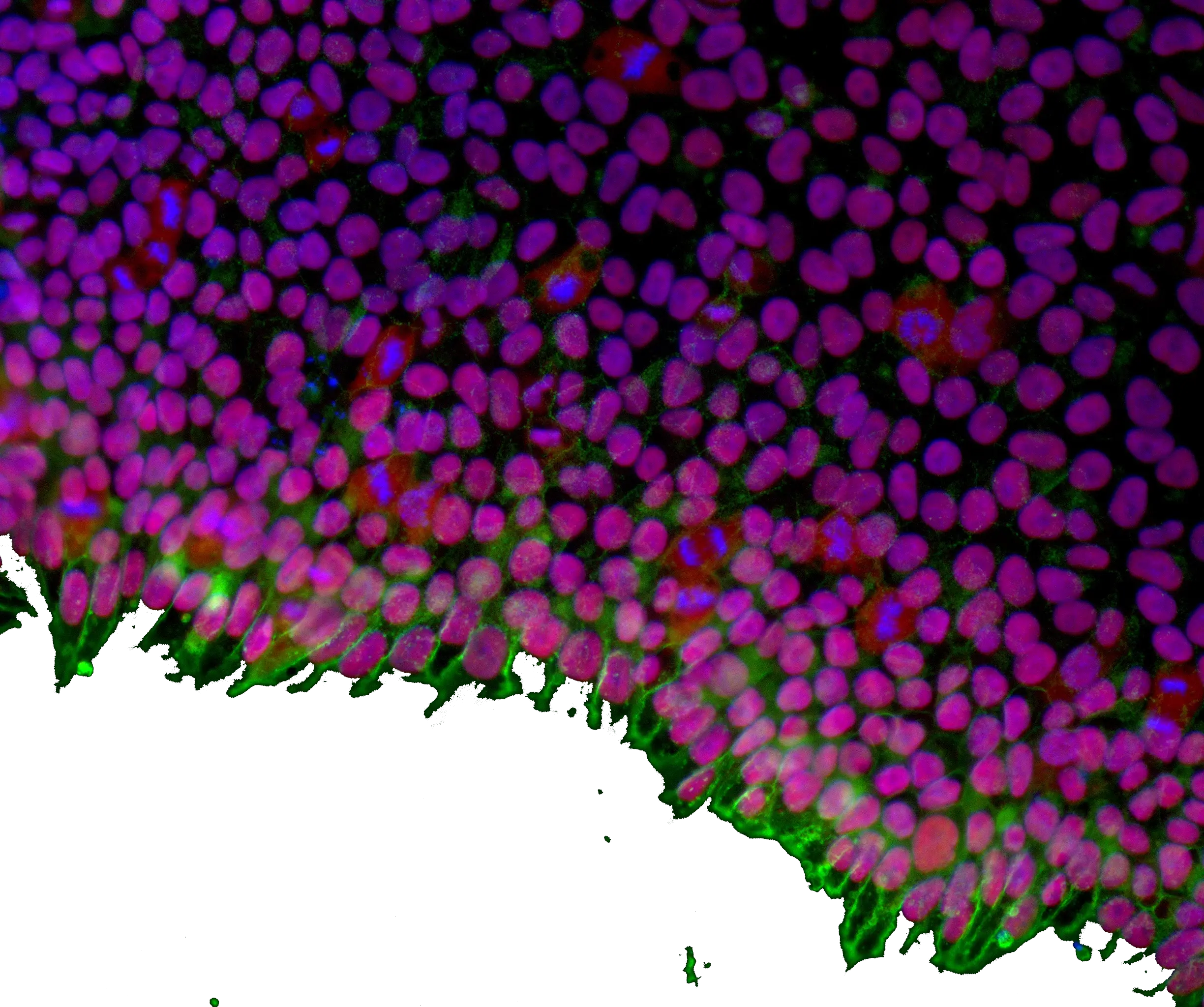iPSCs and cell culture
Stem cells – including iPSCs – comprise an immortalised cell line that can be grown up and passaged indefinitely, certainly in theory.
Any cell line that undergoes culture in a dish for extended periods of time will accumulate mutations – which mirrors what is happening to cells in the human body.
Cell culture selects for those cells that “like” the conditions – i.e. the reagents and consumables – hence the cell population will inevitably change and ‘drift’ over time. The rate of change of this drift – and how much the cells change – is dependent on a number of factors.





Factors affecting genomic drift in iPSCs
- the stability of the cell line in the first place. For example, cancer cell lines tend to have completely ‘mangled’ / distorted (politely put) genomes – and hence change quickly
- iPSCs derived from skin as opposed to blood have a UV mutation signature
- poor culture technique and/or poor cryopreservation can amplify drift
- how long the cells have been kept in culture and how many times they have been passaged the media/reagents can also influence the drift / genetic instability
The direct consequence of this underlying tendency of iPSCs towards ‘drift’ means that in order to ensure researchers know what iPSCs they are working on, there is a clear and axiomatic need to test the quality and stability of the stem cells on a regular basis. This is the over-arching rationale driving the ISSCR Standards.
Note that one estimate suggests that approximately 30% of iPSC lines contain chromosome microdeletions or duplications, known as copy number variants, and hence are said to suffer from genomic abnormalities.
